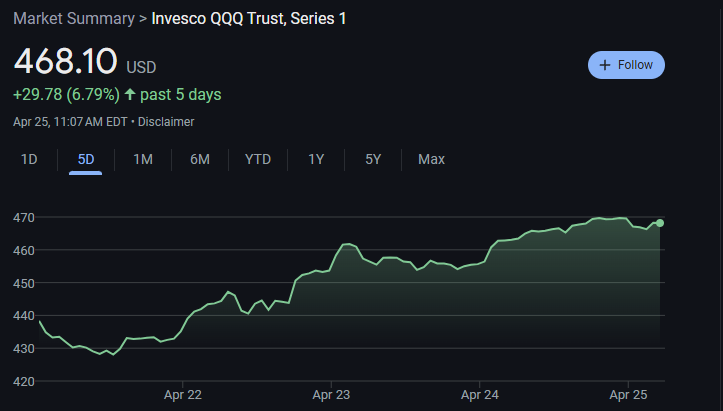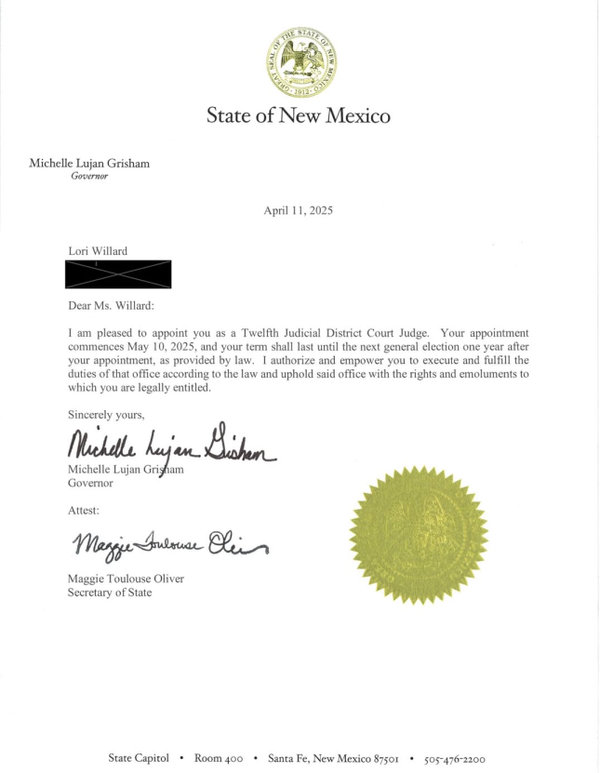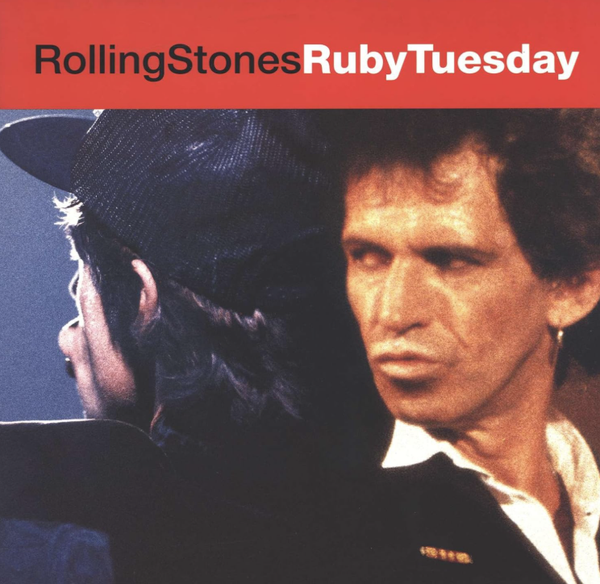Trade Alert: The Long-Awaited Rare Earth Long Idea
“I would not give my rotating field discovery for a thousand inventions, however valuable… A thousand years hence, the telephone and the motion picture camera may be obsolete, but the principle of the rotating magnetic field will remain a vital, living thing for all time to come.” – Nikola Tesla
I love me some Nikola Tesla quotes, ever since I’ve studied his biographies last year, have you noticed?
It’s finally time. I’ve been patient for months now, doubling down on my homework and research as I search out opportunities where the risk/reward scenarios are too attractive to pass up. I’ve finally got a new name that I’ve started buying recently and am slowly building into a smallish position in both the hedge fund and my personal account.
Let’s jump into the analysis with some background for the sector we’re about to invest in and why I think there’s a clear Revolutionary trend we should get in front of: Rare Earth. Here’s a must-read background of the industry and here’s a definition from Wikipedia:
“A rare-earth element (REE) or rare-earth metal (REM), as defined by the International Union of Pure and Applied Chemistry, is one of a set of seventeen chemical elements in the periodic table, specifically the fifteen lanthanides, as well as scandium and yttrium.[2] Scandium and yttrium are considered rare-earth elements because they tend to occur in the same ore deposits as the lanthanides and exhibit similar chemical properties, but have different electronic and magnetic properties.[3] Rarely, a broader definition that includes actinides may be used, since the actinides share some mineralogical, chemical, and physical (especially electron shell configuration) characteristics.[4]
The 17 rare-earth elements are cerium (Ce), dysprosium (Dy), erbium (Er), europium (Eu), gadolinium (Gd), holmium (Ho), lanthanum (La), lutetium (Lu), neodymium (Nd), praseodymium (Pr), promethium (Pm), samarium (Sm), scandium (Sc), terbium (Tb), thulium (Tm), ytterbium (Yb), and yttrium (Y). They are often found in minerals with thorium (Th), and less commonly uranium (U).
Despite their name, rare-earth elements are – with the exception of the radioactive promethium – relatively plentiful in Earth’s crust, with cerium being the 25th most abundant element at 68 parts per million, more abundant than copper. However, because of their geochemical properties, rare-earth elements are typically dispersed and not often found concentrated in rare-earth minerals; as a result economically exploitable ore deposits are less common.[5] The first rare-earth mineral discovered (1787) was gadolinite, a mineral composed of cerium, yttrium, iron, silicon, and other elements. This mineral was extracted from a mine in the village of Ytterby in Sweden; four of the rare-earth elements bear names derived from this single location.”
Many of these rare earth elements are used in semiconductors, alternative energy solutions, batteries, magnets that go into EVs and so on. I’m sure you’ve seen the news that China controls more than 80% of the world’s rare earth minerals market. Trump recently issued an executive order about trying to bring the rare earth supply chain back to the US and whoever wins the election will have pressure from his corporate tech masters to get the US its own sources of these commodities.
There’s one company that owns the only operational rare earth mine in outside of Asia that recently started mining again and is about to come public giving us a pure-ish play on rare earths growth and their supply chain returning to the US.
Chamath Palihapitiya, the same guy who gave us the opportunity to invest in a pure-ish play on The Space Revolution by taking Virgin Galactic public with another SPAC of his, recently put $200 million into a PIPE vehicle that allows him to get a piece of MP Materials as it comes public via a SPAC called Fortress Value Acquisition (FVAC). You can read his white paper about why he invested in this play here. His “belief is that rare earths are a highly asymmetric way to bet on a multi-decade trend of electrification and climate change tech.” I think he might be on to something.
MP Materials says its mission is to “restore the full rare earth supply chain to the United States of America” because MP Materials owns and operates Mountain Pass in California, the only integrated rare earth mining and processing site in North America. To be clear, they just returned the mine idle and started mining a couple years ago and they aren’t processing the materials on the site yet, but they plan to be in the next couple years so they can compete with China on that front too. That will be big for the company when that happens. Nobody but China is processing these rare earth materials and even MP has to send its stuff to China to get processed in the meantime.
MP site says: “The green technologies of the future—electric vehicles, wind turbines, drones, and more—depend on powerful rare earth magnets to turn energy into motion. Without the consistent and trusted supply provided by MP Materials, the entire supply chain for critical magnetic materials has shifted to Asia, primarily China. MP Materials serves as the beachhead for a renaissance in domestic manufacturing. It starts with us.”
I do believe RE is going to be a big growth business for many years and to come and that other US-based mining companies will get into RE in coming years. In the meantime though since MP owns and operates Mountain Pass in California that it bought in 2017 at what is looking like rock bottom (pun intended) prices from Molycorp when it went bankrupt, I think this looks like a compelling risk/reward scenario.
While they haven’t started processing the RE on site yet, the company does have facilities there to do so. And they had to completely ramp up the mining part of the business from idle when they took over the site in 2017. With the first stage of their plan completed, MP Materials has, as it says, “re-emerged as a best-in-class, globally competitive rare earths producer.” Today, the company already produce approximately 15% of the global supply of rare earths that China then processes.
Things that worry me about the company and add risks:
1) The current management team, from the CEO/Chairman to the COO and CFO are all former Wall Street finance investor banker guys. I’d rather the company have some supershot brilliant miner scientist CEO with engineering degrees and stuff.
2) This will be a rare time that I invest in company that depends on the prices and markets of commodities. And keep in mind that in regards to the Chinese competition, it’s clearly going to be an unlevel playing field competing in California with real environmental regulations vs in China where they don’t care too much about pollution from mining and processing this stuff. On that note though, then again, the fact that this company could become part of a decade-long duopoly along with the Chinese competitors which already collude and act like the single government-controlled entity that they are of course plus the growth trends in front of these commodities are also key to the upside potential story here enough that I am willing to take a shot here with a small-ish amount of capital to get started.
As usual, I plan to start slow and give myself some room to buy more in coming days and weeks and I’m keeping this a small-ish position initially.
Remember that when I send out a Trade Alert on a smaller cap company like that that the stock can take off when all of you start buying it all at once today. So go slowly, give yourself some room and time to build your position.




